非常感谢Tomás Saraceno将项目介绍和项目图片授权gooood发行。更多请至:Tomás Saraceno on gooood
Appreciation towards Tomás Saraceno for providing the following description:
在全球化的今天,人们忘了抬头望向星辰,低头凝视大地母亲。人们在全球化的陷阱之中忘记他们才是全人类共同面对的事情。
著名艺术家Tomás Saraceno的大型装置作品云城市近日在纽约大都会博物馆屋顶上亮相,改展览一直持续到2012年11月4日。这里有着俯瞰纽约中央公园的最佳视野。装置是由独立的钢结构单元和玻璃组成,这些单元相异,组合在一起让装置富有生命力。装置反射着城市,公园,天空,云朵,树影,人们。人们爬上去,观赏美丽的城市风景和装置所反射的美丽景象。值得前去体验的展览。Tomás Saraceno在自然和建筑环境之间的碰撞中找到灵感,创作出富有生命力的作品。
云城市由星系造型演化而来,从最开始点,线衍生出许多个体,个体在进化,期望在之中包含时间与空间的辩证关系,最后的造型由个体组成,相互之间没有明显的层次,就像艺术,哲学,政治,生态等等社会定义那样,不能分层,他们共同组成复杂的社会关系。这个作品也是对现实的一个反映。
请到下方英文或点击蓝色链接看更多。
tomás saraceno on the roof: cloud city
at the metropolitan museum of art, nyc
may 15, 2012 – november 4, 2012 (weather permitting)
some experiments in art and politics
The word “network” has become a ubiquitous designation for technical infrastructures, social relations, geopolitics, mafias, and, of course, our new life online.1 But networks, in the way they are usually drawn, have the great visual defect of being “anemic” and “anorexic,” in the words of philosopher Peter Sloterdijk, who has devised a philosophy of spheres and envelopes.2 Unlike networks, spheres are not anemic, not just points and links, but complex ecosystems in which forms of life define their “immunity” by devising protective walls and inventing elaborate systems of air conditioning. Inside those artificial spheres of existence, through a process Sloterdijk calls “anthropotechnics,” humans are born and raised. The two concepts of networks and spheres are clearly in contradistinction to one another: while networks are good at describing long- distance and unexpected connections starting from local points, spheres are useful for describing local, fragile, and complex “atmospheric conditions”— another of Sloterdijk’s terms. Networks are good at stressing edges and movements; spheres at highlighting envelopes and wombs.
Of course, both notions are indispensable for registering the originality of what is called “globalization,” an empty term that is unable to define from which localities, and through which connections, the “global” is assumed to act. Most people who enjoy speaking of the “global world” live in narrow, provincial confines with few connections to other equally provincial abodes in far away places. Academia is one case. So is Wall Street. One thing is certain: the globalized world has no “globe” inside which it could reside. As for Gaia, the goddess of the Earth, we seem to have great difficulty housing her inside our global view, and even more difficulty housing ourselves inside her complex cybernetic feedbacks. It is the globe that is most absent in the era of globalization. Bad luck: when we had a globe during the classical age of discoveries and empire, there was no globalization; and now that we have to absorb truly global problems…
1. saraceno’s galaxies forming along filaments
So how can we have both networks and spheres? How do we avoid the pitfalls of a globalization that has no real globe in which to place everything? In a work presented at the Venice Biennale in 2009, Tomás Saraceno provided a great, and no doubt unintended, metaphor for social theory. In an entire room inside the Biennale’s main pavilion, Galaxies Forming along Filaments, Like Droplets along the Strands of a Spider’s Web (2008) consisted of carefully mounted elastic connectors that produced the shape of networks and spheres. If you were to avoid the guards’ attentive gaze and slightly shake the elastic connectors—strictly forbidden—your action would reverberate quickly through the links and points of the network paths, but much more slowly through the spheres. This is not to say that spheres are made from different stuff, as if we must choose between habitation and connection, between local and global, or indeed between Sloterdijk and, let’s say, actor-network theory. What Saraceno’s work of art and engineering reveals is that multiplying the connections and assembling them closely enough will shift slowly from a network (which you can see through) to a sphere (difficult to see through). Beautifully simple and terribly efficient…
We should have known this all along: a cloth is nothing but a finely-woven network, with a clear transition between one thread and the next, depending on the density of the stitching. By deploying this “obvious” truth within the main exhibition space of the Italian Pavilion, Saraceno performed precisely the task of philosophy according to Sloterdijk, namely of explicating the material and artificial conditions for existence. The task is not to overthrow but to make explicit. As Deleuze and Guattari have shown, a concept is always closely related to a percept.3 By modifying our percept, Galaxies Forming along Filaments allows those who try to redescribe the loose expression of globalization to explore new concepts. Instead of having to choose between networks and spheres, we can have our cake and eat it too. There is a principle of connection—a kind of movement overlooked by the concepts of networks and spheres alike—that is able to generate, in the hands of a clever artist, both networks and spheres; a certain topology of knots that may thread the two types of connectors in a seamless web.
2. Who Owns Space and Time?
…Who owns the concepts of space and time? Artists? Philosophers? Scientists? Do welive in the space-time of Einstein without realizing it, or, as Bergson vainlyargued, does Einstein, the physicist, live in the time of what Bergson calledduration? Those questions, it seemed to me, were just as important for physicists,historians, and philosophers as they are for an artist like Eliasson, who haspopulated museums and cities around the world by publicly demonstrating, throughmany artful connections between science, technology, and ecology, that there aremany alternatives to the visual experience of common sense. The art form—or forum—that I chose consisted of asking the three of them to conjoin their forces inpresenting films and photographs to set the stage for this famous debate, withEliasson “refereeing” the debate through his own work.7 …
3. Composition?
One could object that such a reenactment, no matter how intriguing in its ownright, does not have much to do with politics. The question has been asked manytimes by the public, especially when, during one of the keynote lectures I hadorganized to launch a new master’s program in arts and politics, I invited DonnaHaraway and Isabelle Stengers to present their understanding of “the politicalarts.”10 To the total dismay of many politically-minded French citizens, Harawayspoke mainly about learning how to behave politically anew from her dog.11 “Fromher dog! What does this have to do with politics? Tell us more about domination,inequalities, power struggles, elections, and revolutions.” And yet, as IsabelleStengers quietly but forcefully explained, the new vocabulary of politics—what,for this reason, she calls “cosmopolitics”—will come precisely from a newattention to other species and other types of agencies.12 Here again, art,philosophy, ecology, activism, and politics exchanged their repertoire in order toredefine the actors, the aims, the forums, and the emotions of politicalinvolvement. I have come to use the word “composition” to regroup in one termthose many bubbles, spheres, networks, and snippets of arts and science.13 Thisconcept plays the same role as Saraceno’s percept of elastic tensors. It allows usto move from spheres to networks with enough of a common vocabulary, but without asettled hierarchy. It is my solution to the modern/postmodern divide. Compositionmay become a plausible alternative to modernization. What can no longer bemodernized, what has been postmodernized to bits and pieces, can still becomposed.
MORE: Tomás Saraceno,更多请至:Tomás Saraceno on gooood
⇣
⇣
➜ 关于我们 ➜ 免费投稿 ➜ 招聘人才 ➜ 人才求职 ➜ 软文推广 ➜ 图文推广 ➜ 找设计师/找业主 ➜ 其他问询
AD推广 ◎ Nilcraftz塑形乌托邦:◎ QZY:Model Masters ◎ RAC·深耕建筑+交互留学 ◎ 一卜川施工图深化设计
⇡

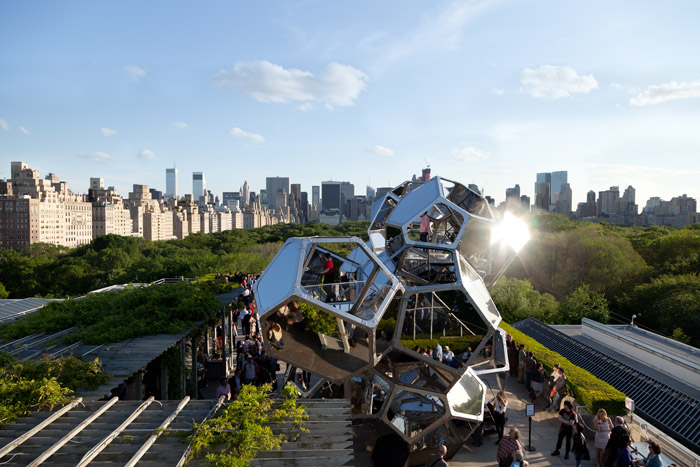
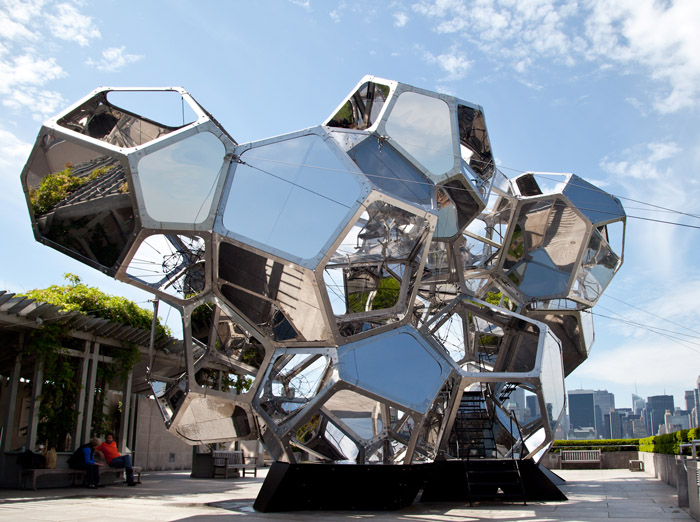
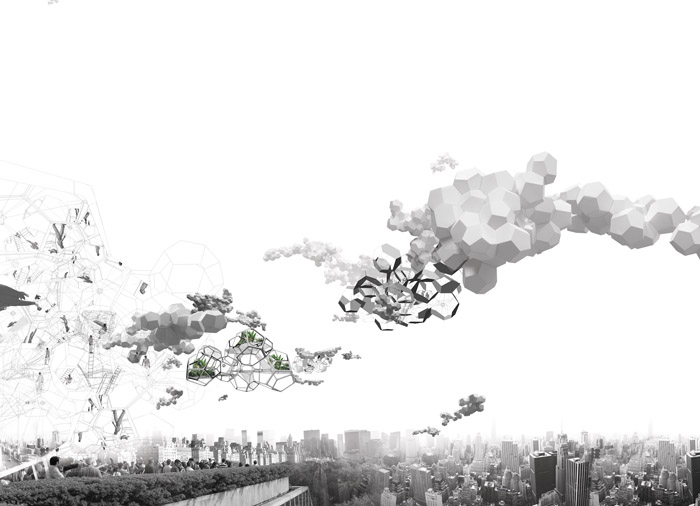

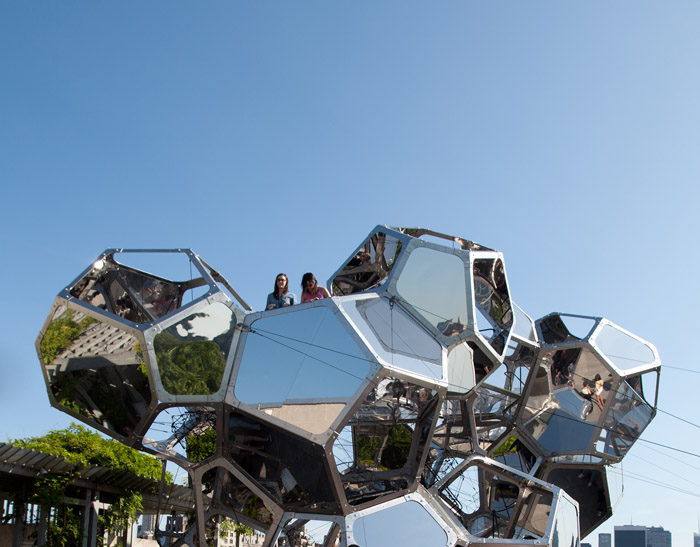
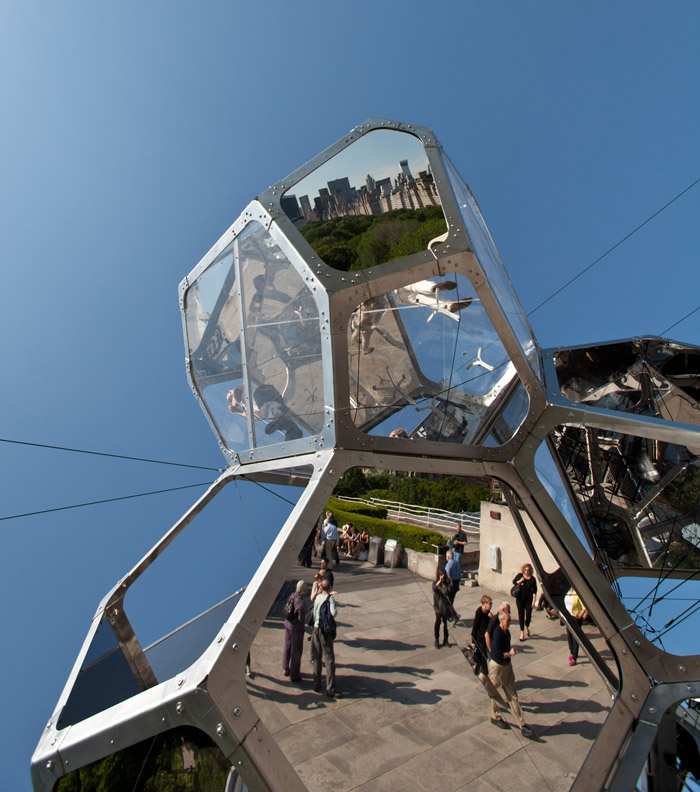
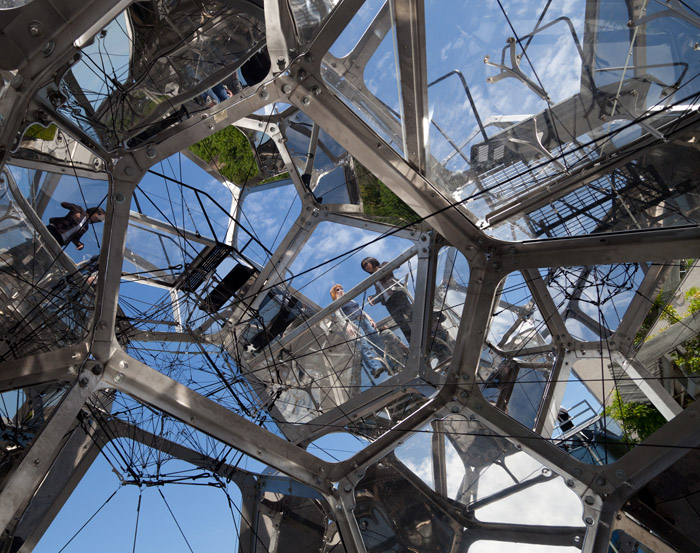

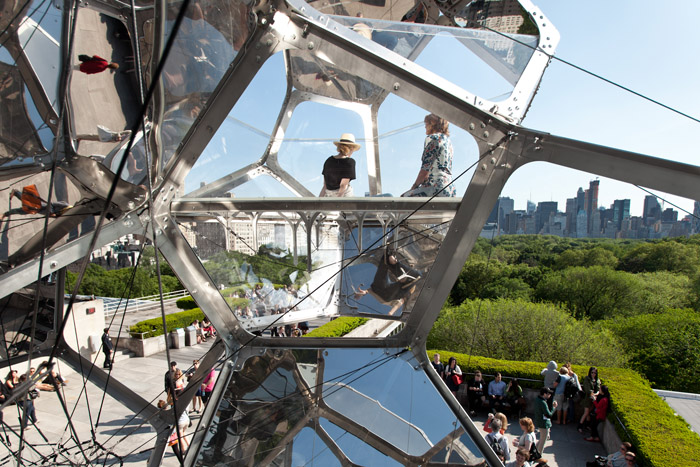
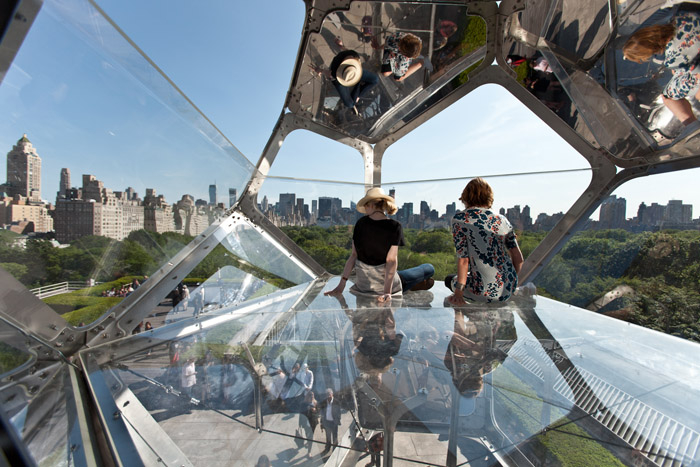
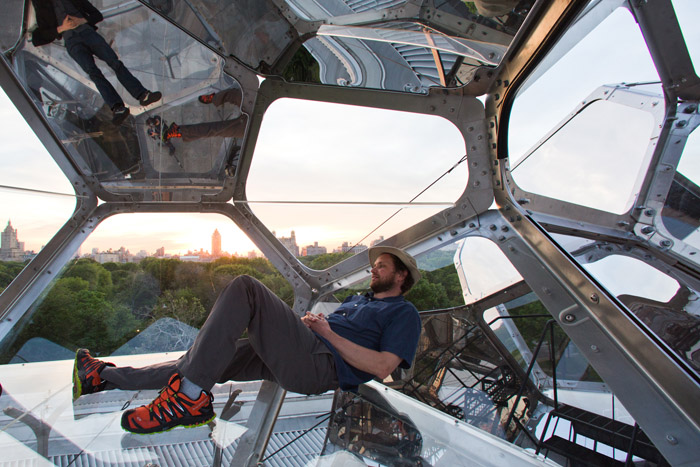
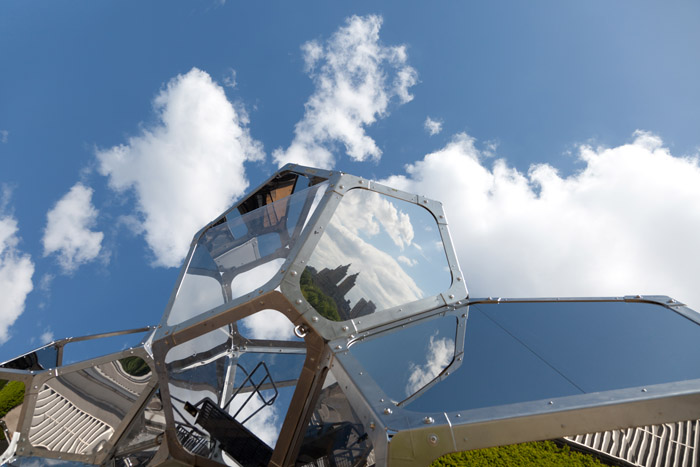
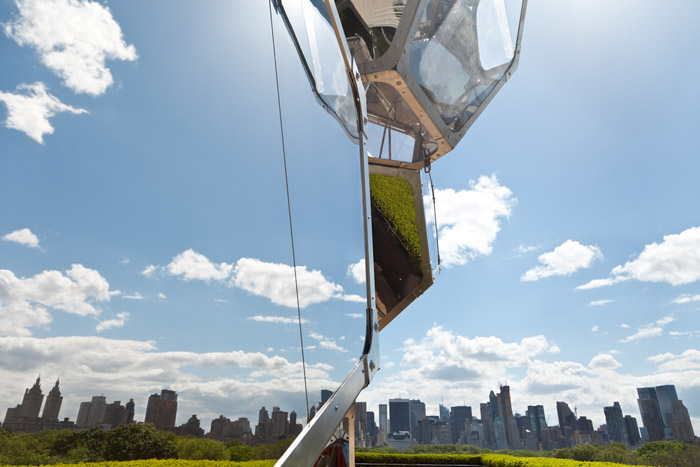

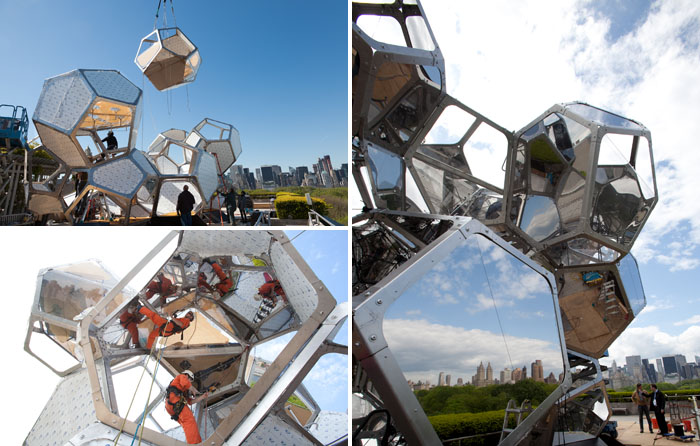
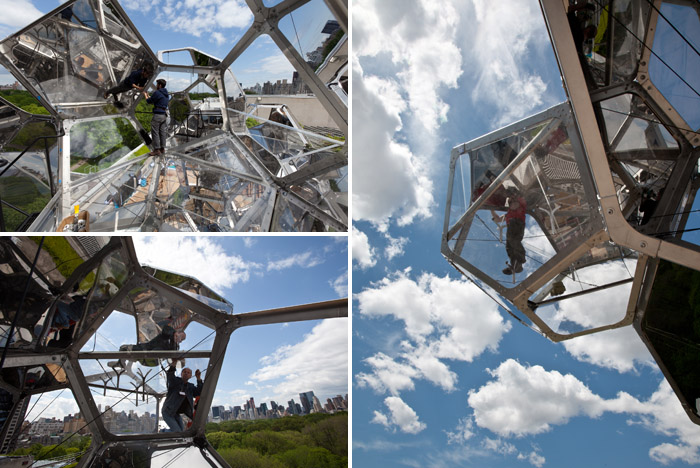

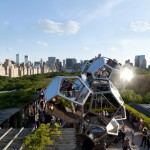
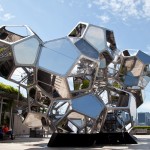
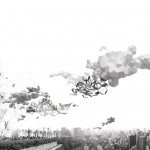
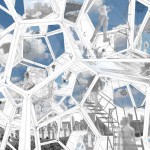
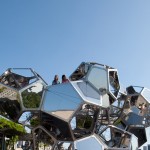
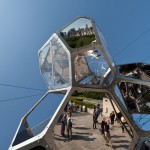
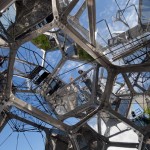
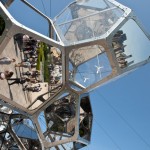
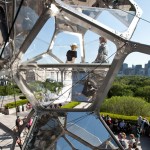
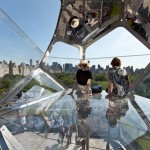
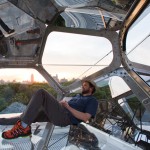
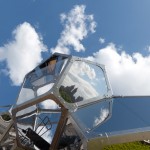
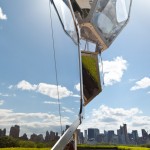
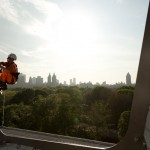
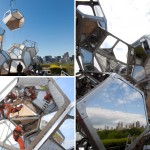
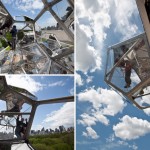
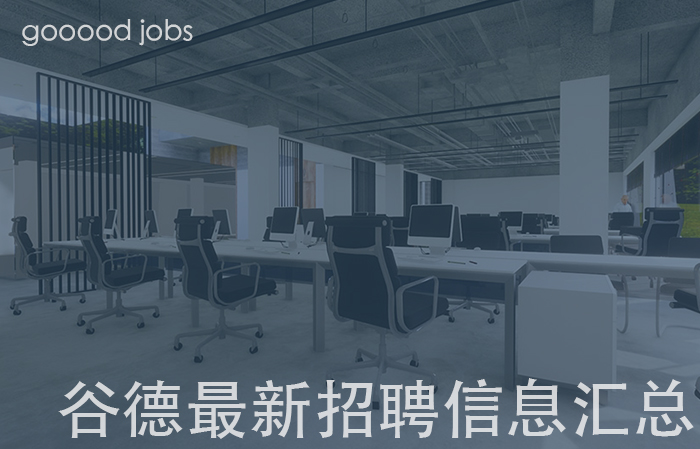
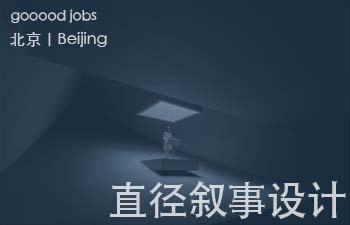
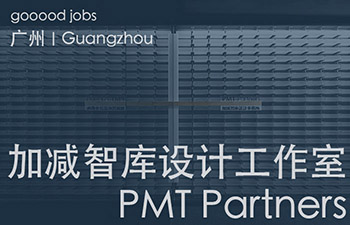
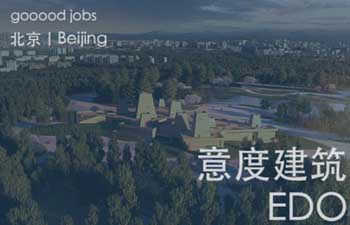
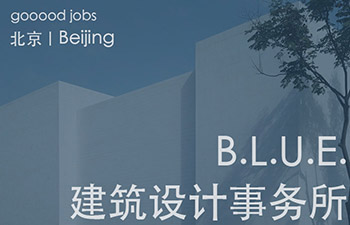

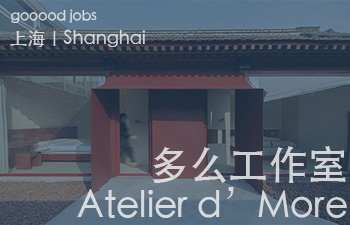
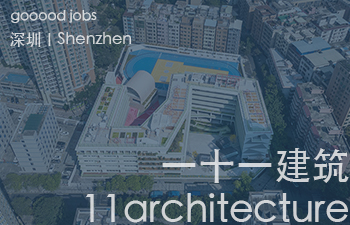
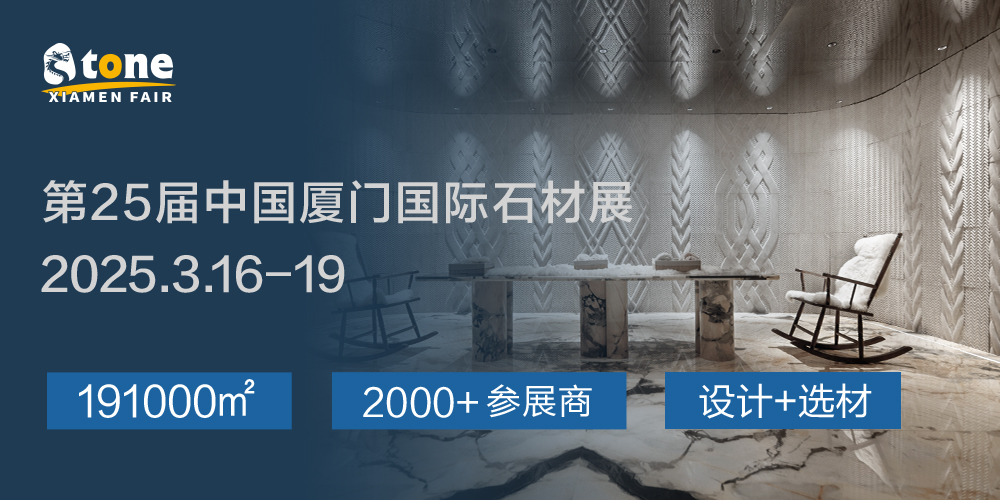
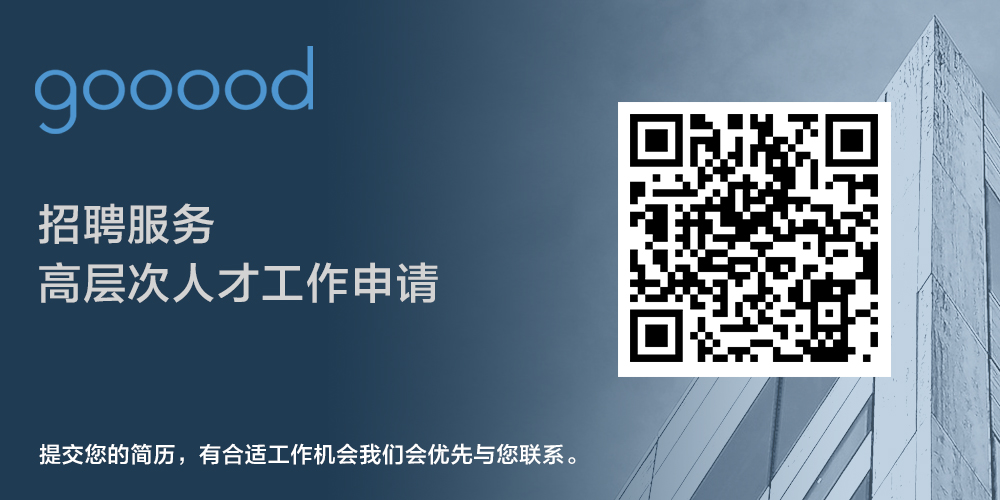
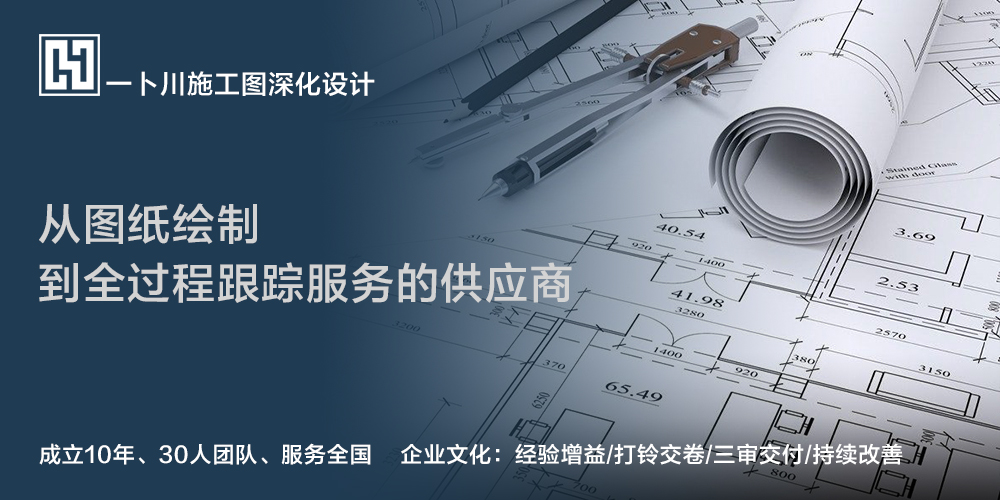
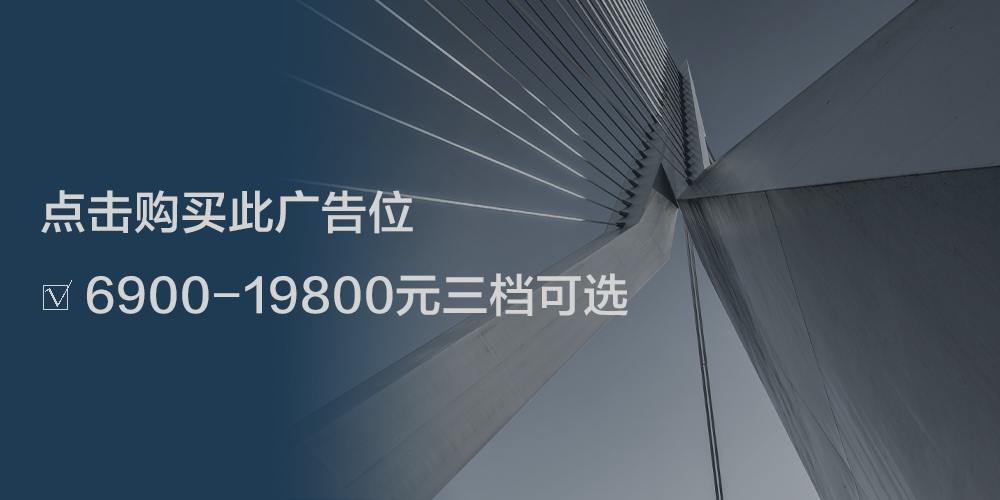

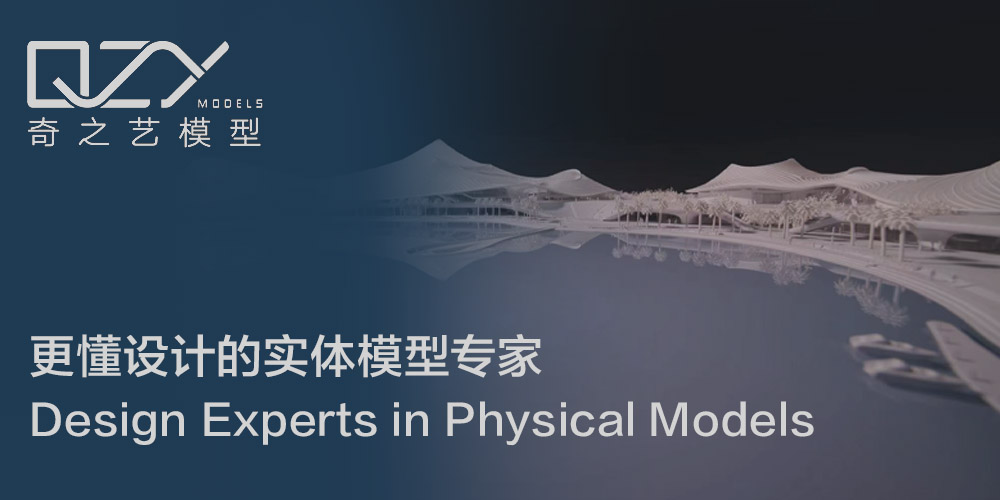
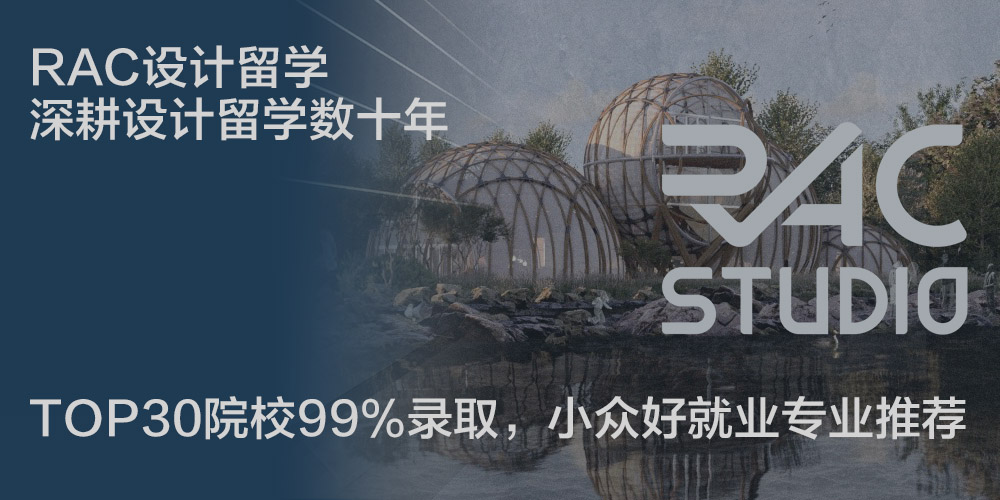
拔丝钢丝球
cool!